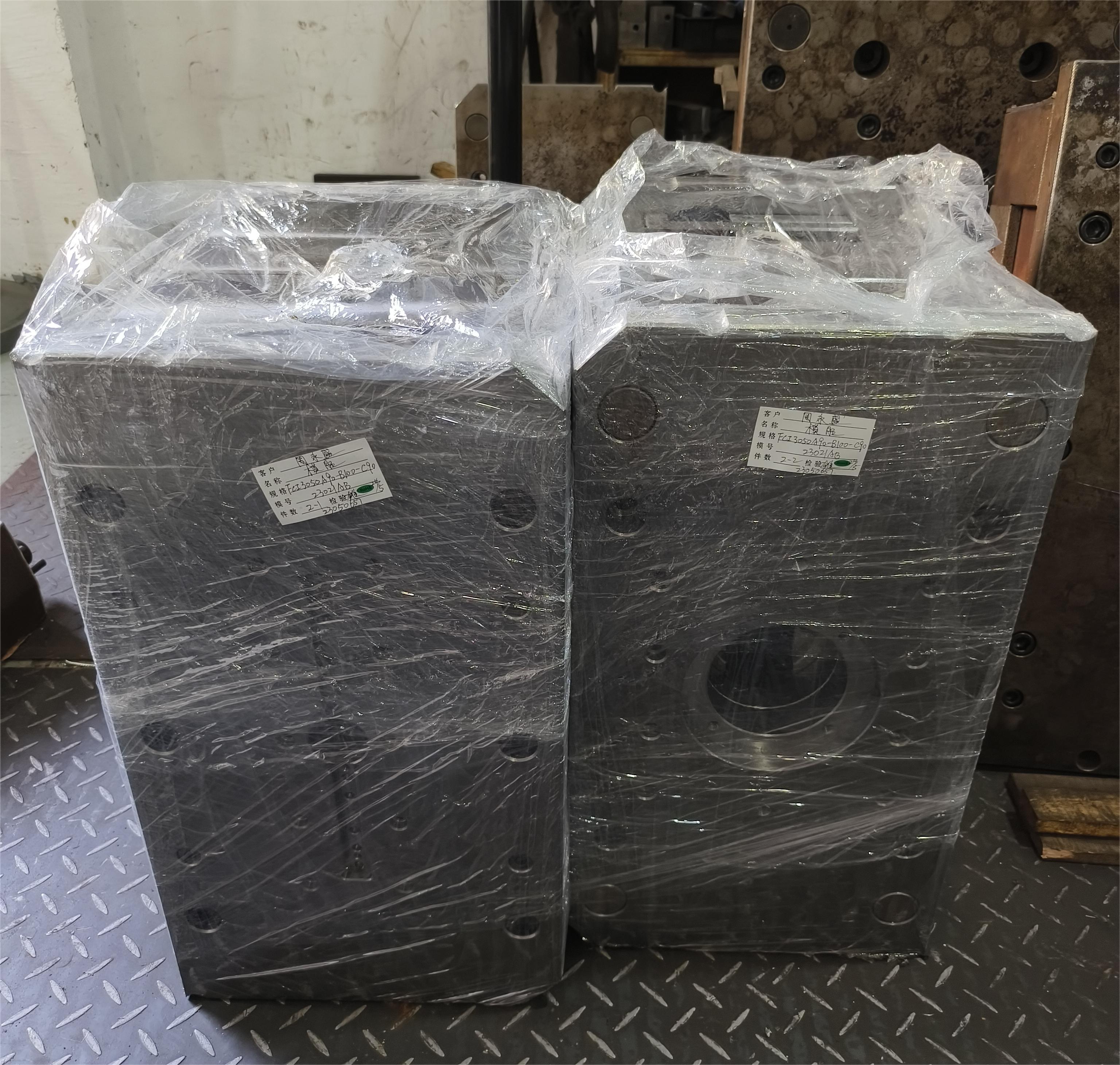The manufacturing industry in Korea is renowned for its precision and innovation. A crucial aspect of this industry is the use of high-quality mold steels. This article looks into the best mold steel options available for Korean manufacturing and highlights their applications, benefits, and tips for selecting the right one.
Understanding Mold Steel
Mold steel is a vital component in the manufacturing of various products, especially in the plastic injection molding, die casting, and stamping processes. The choice of mold steel can significantly affect the efficiency, longevity, and quality of the final product. In Korea, manufacturers are always on the lookout for the best mold steel options to enhance their production capabilities.
Common Types of Mold Steel Used in Korea
The Korean manufacturing sector predominantly utilizes several types of mold steel. Here are the most common:
- P20 Steel: Widely used for plastic injection molds, P20 offers good hardness and toughness.
- S7 Steel: Known for its excellent impact resistance, S7 is ideal for high-stress applications.
- H13 Steel: This hot-work tool steel is popular for its high-temperature resistance and toughness, making it suitable for die casting and other high-heat applications.
- D2 Steel: A high-carbon, high-chromium steel that provides good wear resistance and is used for making dies and molds where a high level of hardness is required.
Factors Influencing the Choice of Mold Steel
Selecting the right mold steel involves considering various factors:
- Machinability: The ease with which the steel can be machined affects production time and costs. Materials with lower machinability can lead to longer processing times and higher tool wear.
- Heat Treatment: The ability of the mold steel to undergo heat treatments can enhance its properties. Understanding the tempering and hardening processes is crucial for maximizing the performance of mold steels.
- Corrosion Resistance: For molds exposed to harsh environments, corrosion resistance is a major factor. Stainless steels or specially coated molds can provide longer lifespans.
- Cost: Budget constraints play a pivotal role in the selection process. Manufacturers must weigh the costs against the benefits provided by different types of mold steels.
Benefits of Using High-Quality Mold Steel
Investing in high-quality mold steel can lead to significant advantages, such as:
- Durability: Quality mold steels are designed to withstand wear and tear, leading to longer service life.
- Cost Efficiency: Although premium steels may be more expensive, their durability can minimize the need for frequent repairs or replacements, leading to overall cost savings.
- Improved Performance: High-quality mold steel often results in better surface finishes and more intricate details in the final products.
- Fewer Defects: The consistent quality of premium molds reduces the likelihood of defects in molded products, directly impacting customer satisfaction.
Technological Advances in Mold Steel Production
Advancements in manufacturing technology are continuously shaping the mold steel industry. Innovations in metallurgy have led to the development of new alloy compositions and improved heat treatment processes. Some notable advancements include:
- Micro-alloying: Enhancing the properties of steel through the addition of trace elements leads to improved strength and toughness.
- Advanced Coating Technologies: Applying coatings to mold steels can significantly enhance their surface properties, improving resistance to abrasion and corrosion.
- 3D Printing: This technology is starting to revolutionize mold production, allowing for intricate designs and reduced waste.
Selecting the Right Mold Steel Supplier in Korea
Identifying a reliable supplier of mold steel is equally important as selecting the steel itself. Here are tips for choosing a supplier:
- Reputation: Look for suppliers with a strong track record and positive reviews in the industry.
- Quality Assurance: Ensure that the supplier employs quality control measures to guarantee the material's integrity.
- Technical Support: Choose suppliers who offer technical assistance, helping you select the right materials for your specific applications.
- Delivery Times: Timely delivery is critical for maintaining your production schedule. Establish whether the supplier can meet your timelines.
Future Trends in Mold Steel for Korean Manufacturing
The landscape of mold steel is continuously evolving. Emerging trends to watch include:
- Sustainability: Increasing awareness of environmental impact is pushing manufacturers to look for eco-friendly materials and processes.
- Customization: The demand for specialized molds is rising; suppliers may need to adapt to provide customized solutions.
- Smart Manufacturing: The integration of IoT technologies is influencing how mold steels are monitored and maintained, leading to optimized processes.
Conclusion
Choosing the right mold steel can significantly impact the efficiency, quality, and longevity of manufacturing processes in Korea. By understanding the available options, considering essential factors, and leveraging the latest technological advancements, manufacturers can make informed decisions that enhance their production capabilities. As the industry evolves, staying informed about trends and advancements will ensure that Korean manufacturers remain competitive in the global market.
FAQs
- What is the best mold steel for plastic injection molding?
- P20 steel is one of the most commonly used mold steels for plastic injection molding due to its excellent balance of hardness and toughness.
- How does heat treatment affect mold steel?
- Heat treatment processes like tempering and hardening can enhance the hardness, toughness, and wear resistance of mold steel to improve its performance.
- Why is mold steel quality important?
- High-quality mold steel affects the durability, cost-efficiency, and overall performance of molds, directly impacting the manufacturing process and product quality.
- What are the trends affecting mold steel choices?
- Sustainability, customization, and the integration of smart manufacturing technologies are key trends influencing mold steel choices in the industry.

